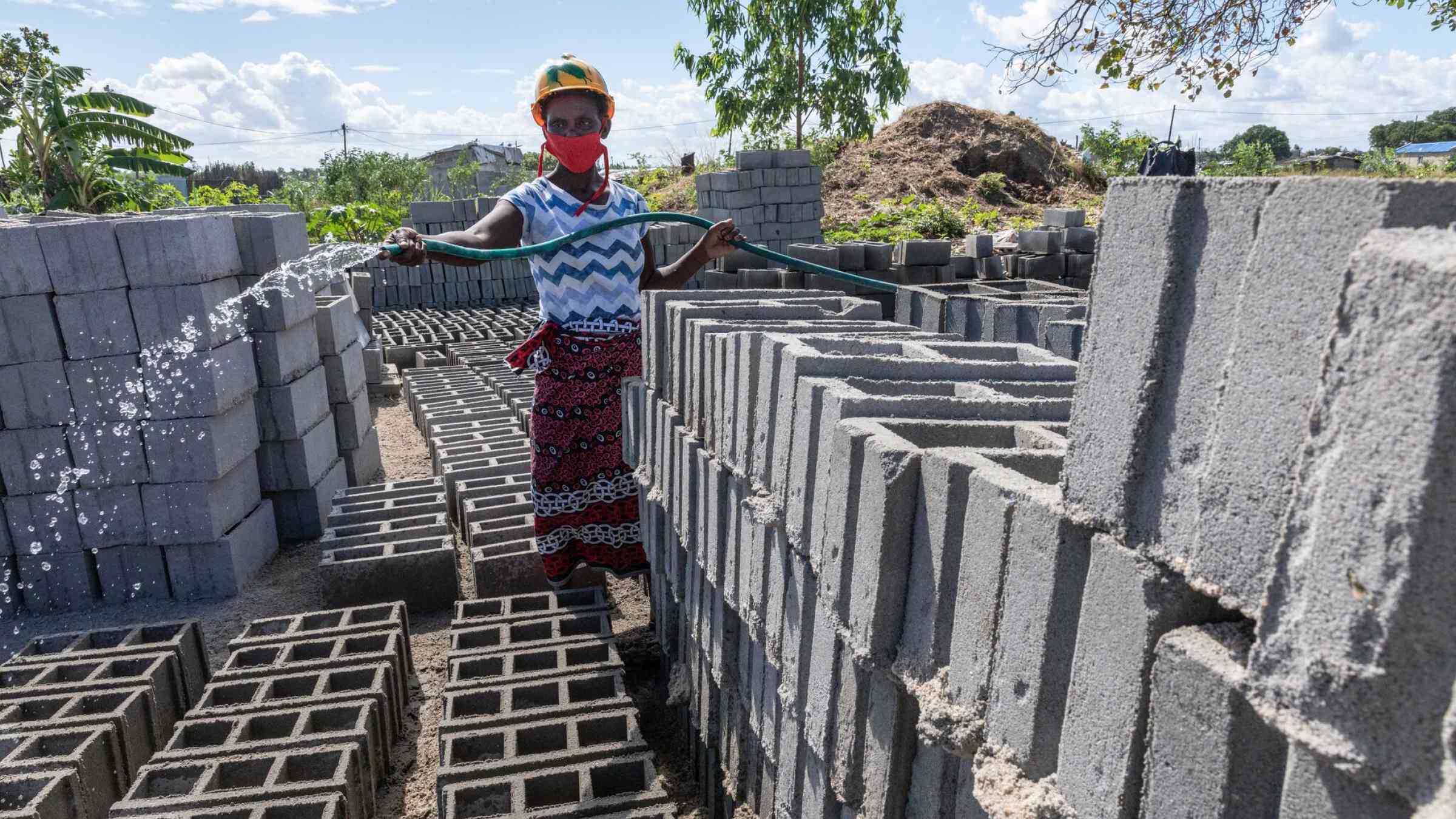Financing Local Investment Through Risk Informed and Bankable Strategies
Investing in disaster risk reduction is a precondition for developing sustainably in a rapidly changing climate. It is estimated that global investments of €1.6 trillion in appropriate disaster risk reduction strategies could avoid losses of €6.4 trillion. However, the current level of DRR finance does not match the scale of the challenges. While several tools are available to support the development of inclusive local disaster risk reduction strategies and action plans, the challenge has been the conversion of the actions in these strategies into bankable projects. This session looks at how technical and institutional capacity may be developed at the local level to prepare and coordinate complex resilience project portfolios that can attract finance.
Session objectives
This session will:
- Analyze existing gaps and challenges hampering the ability to access and mobilize required financial resources;
- Understand how local governments and communities, including women’s organizations, have accessed funding and finance;
- Discuss practical solutions for developing risk informed and bankable resilience projects;
- Identify opportunities for increasing national budgetary allocations and city revenue generation for DRR;
- Deliver recommendations on what more needs to be done by stakeholders.
Moderator
- Maruxa Cardama - Secretary General, Stichting Partnership on Sustainable, Low Carbon Transport (SLoCaT) Foundation
Speakers
- Rocco Guarino - President, Provincia di Potenza, Italy
- Samir Arfaoui - Head, Administrative affairs department, Tunisia
- Tiza Mafira - Associate Director, Climate policy initiative
- Godavari Dange - Secretary, Swayam Shikshan Prayog, Grassroots Women's Federation
- Sameh Wahba - Global Director, Urban, Disaster Risk Management, Resilience & Land Global Practice, World Bank Group
Experience this event
Watch the session
Documents
Learn more
Read this section to learn more about the topic of local financing for climate and disaster resilience, ensuring you come prepared to the session.
Where do we stand?
Investing in disaster risk reduction is a precondition for developing sustainably. Given the differentiated impact of disasters on women, children and other groups, an investment in gender, age and disability-responsive disaster risk reduction is needed. Studies indicate Benefit to Cost Ratios (BCRs) that range between $1.7 and $150 of benefit for every $1 spent on programming for women and girls. Also, with much of the socio-economic, infrastructural, and other development likely to take place in urban centers, there is a need to augment local financing for resilience. The climate finance flows for cities reached an estimated USD384 billion annual on average in 2017/2018. This is far less than existing needs, estimated at USD4.5 to 5.4 trillion annually.
At the same time, many grassroots groups have developed new financial mechanisms to help increase pre-disaster investments. For example, the Community Resilience Fund (CRF) is a flexible financial mechanism that puts money at the hands of grassroots communities to develop risk-informed planning and actions, builds partnership with the local government and drives locally-led implementation. The municipality of Livingston, Izabal in Guatemala, agreed to finance actions aimed at community resilience, which are implemented by local leaders. The Municipality of Wiwili in Nicaragua, agreed to allocate a municipal fund of 10% for disaster risk reduction projects at the grassroots level, specifically targeting women's organizations.
But while successful examples exist, the question remains: “How can these examples be scaled up to achieve results across communities and continents?”
Session guiding questions
- How can local governments and communities work together for better access to financing that empowers the most vulnerable in decision making?
- How can civil society and women’s organizations influence financing decisions and policy making?
- What are the emerging trends for increasing the financing at the local level?
- At global, national, and community levels, what actions are needed to accelerate progress to strengthen capabilities and capacities of local governments to better prepare DRR/resilience project portfolios?

Agenda
Location
BNDCC 1-1st Floor
Online access
Participation
Open to those registered for the conferenceInterpretation
AR, EN, FR, RU, ES, ZHDetails
Contact
Sanjaya Bhatia, [email protected] Mutarika Pruksapong, [email protected] Abhilash Panda, [email protected]